4 Types of Flood Light Bulbs (With Pictures)
-
Pete Ortiz
- Last updated:
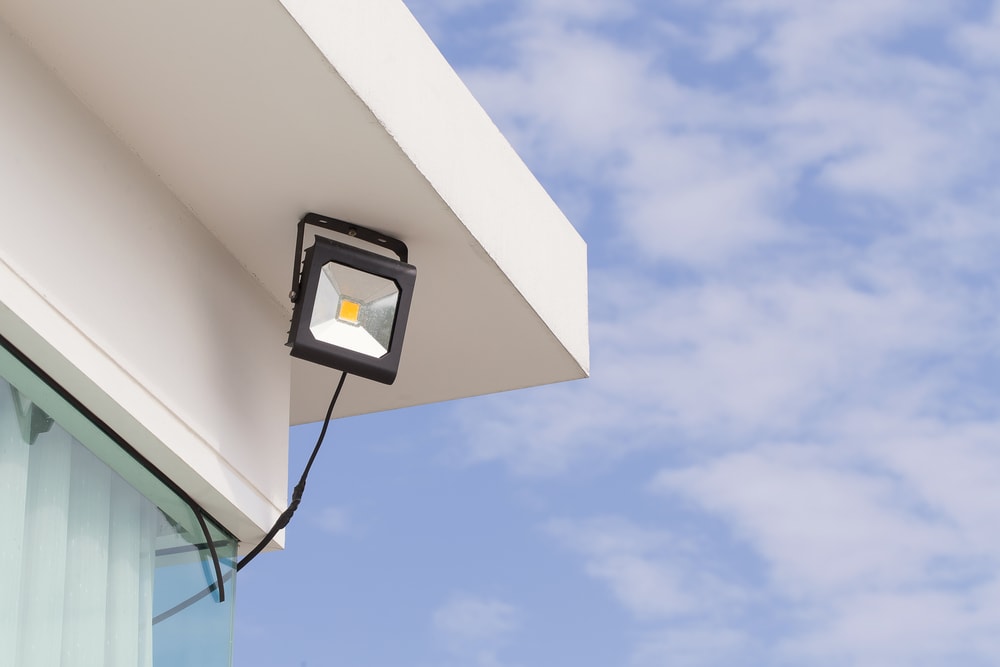
Quality lighting is and has always been instrumental in the process of bringing different spaces to life—and it all starts with the bulb. Even though a light bulb is a fairly simple concept, choosing the right one is anything but.
At this point, we’re experienced enough to know that there are so many factors to take into consideration, and that can be overwhelming at times. We decided to draft a piece that details the different types of flood light bulbs on the market.
The 4 Different Types of Flood Light Bulbs
1. LED Flood Light Bulbs
LED stands for Light-Emitting Diode. These types of bulbs have a semiconductor installed in them to generate light whenever an electrical current is passed through them. The said semiconductor is made up of subatomic particles commonly known as electrons that are meant to merge with something called an electron-hole—a charge carrier.
While merging, they end up causing a reaction that releases energy in the form of photons. The semiconductor’s material and composition are what often influence the color of the light being emitted. and in the case of LEDs, the wavelengths are typically classified as infrared, visible, or ultraviolet.
LEDs are not different from your typical A-shaped bulb—the A-shaped bulb is the traditional bulb that we normally use at home or in our offices. The most common ones are the A15 (used in decorative lighting) and the A19 (mostly applied in hanging ceiling fixtures).
Just like A-shaped bulbs, LED bulbs are distinguishable by design and diameter. They always have a 1/8-inch number code that references the length of their diameter. For example, you’ll find an R20 LED flood light bulb with the number 10 written on it. What that number is telling you is that your LED bulb’s diameter is 10/8ths of an inch. In other words, you’re looking at a bulb that has a diameter of 1.25 inches.
When it boils down to the design, you’ll find them in the conventional reflector shape. Each bulb will have a letter code, representing its unique design. Choosing the right design is of paramount importance, seeing as they have different benefits and applications.
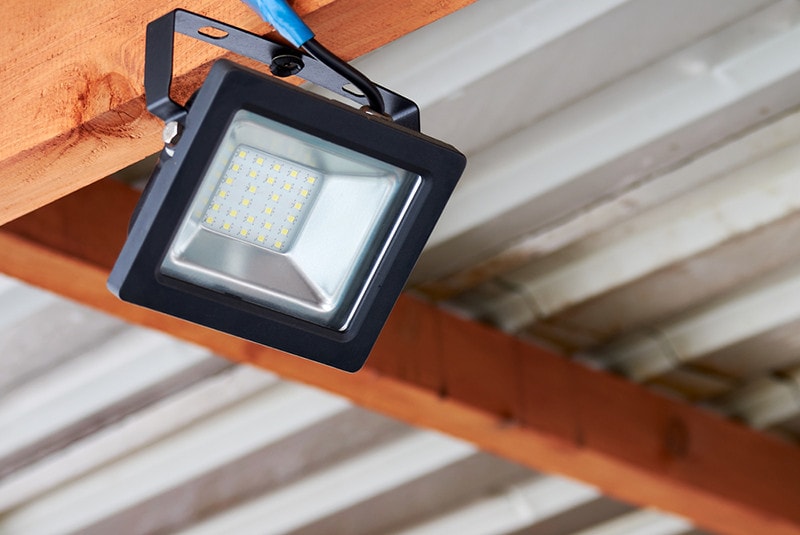
There are five types of LED bulbs on the market. Namely:
- PAR Bulbs – The “PAR” acronym represents the “Parabolic Aluminized Reflector”. This is the type of reflector that’s aluminized (plated with aluminum) and shaped into a parabola—a curve created when a cone converges with a plane that’s parallel to its side. The prime function of this design is to intensify and concentrate the generated beam of light in a single direction. Hence, the reason why PAR bulbs are mostly favored for spotlighting. Comparatively, PAR bulbs have a thicker housing. And it’s this thickness that makes them the ideal LED flood light bulb for wet conditions or outdoor use. PARs are the most versatile LEDs, in terms of application.
- BR Bulbs – “Bulged Reflector” bulbs feature a wider beam angle, some being as wide as 120º. The chief function of the angle is to facilitate a wider distribution of the light generated. And that’s quite frankly what makes them the best option for track lighting as well as recessed fixtures. You can always rely on a BR LED flood bulb to provide extra lighting in a much bigger space, without compromising energy savings. What’s more, their lenses are usually diffused to help get rid of the bright spots that are responsible for harsher atmospheres.
- R Bulbs – The “R” in the “R bulb” is a reference to the reflective coating that stretches in the direction of the light’s emission. LED R bulbs have to be frosted since their coating makes them relatively brighter than their peers. The sole purpose of the frost is to reduce glare, while simultaneously creating a softer lighting atmosphere. The R bulb is the most common LED flood light bulb in residential areas. They are highly favored because they usually create fewer shadow spots, courtesy of their rounded lenses. If you’d like to light up areas of high foot traffic around your home, this is certainly the ideal LED bulb.
- MR Bulbs – These are the “Multifaceted Reflector” LEDs. Their design often creates an effect that sort of looks like a diamond, with several small facets, thanks to the pressed glass reflector used in production. The MR LED flood light bulbs were initially fashioned to be used with slide projectors. But people started realizing that their compact size made them suitable for many other applications. Today, they are commonly used in retail display, landscape, and track lighting.
- AR Bulbs – The “Aluminum Faceted” reflector LEDs also have multiple facets, which normally work in tandem to construct a beam angle. This angle can be adjusted down to 8º thus making the bulb the ideal candidate in situations that require lighting to draw attention to specific details. You’ll easily find AR bulbs in galleries or showrooms. Also, they have the lowest voltage output, which is 12 volts.
2. Halogen Bulbs
Experts in the industry can confirm that halogen bulbs were the original flood light bulbs. However these conventional bulbs were quickly replaced by LEDs when we found out that they are less energy efficient. We love them nonetheless, as they have a significantly high CRI.
CRI is an abbreviation that stands for “Color Rendering Index.” And if your bulb has a low CRI value, that means its illumination and brightness levels are subpar at best. Halogen bulbs are also compact in nature, dimmable, don’t contain mercury (eco-friendly), and are very compatible with motion-activated lights.
Sadly though, they are susceptible to oils. Any type of oil, including the natural oils produced by our skin. So, if you forget to wear gloves during installation or repairs, you can permanently damage them.

3. CFL Bulbs
Unlike halogen or LEDs, Compact Fluorescent Light bulbs aren’t as popular. We love them because they are very durable and run on 75% less energy in comparison to incandescent light bulbs.
However, in this day and age, spending money on a product that contains mercury is somewhat taboo. Mercury is not only hazardous to your health, but to the environment as well.
On top of that, CFLs are vulnerable to changes in temperature and take time to turn on. It only takes a small nip in the air for the bulbs to go dim, and that can be frustrating taking into account that it takes more than 2 minutes to optimize their brightness level.
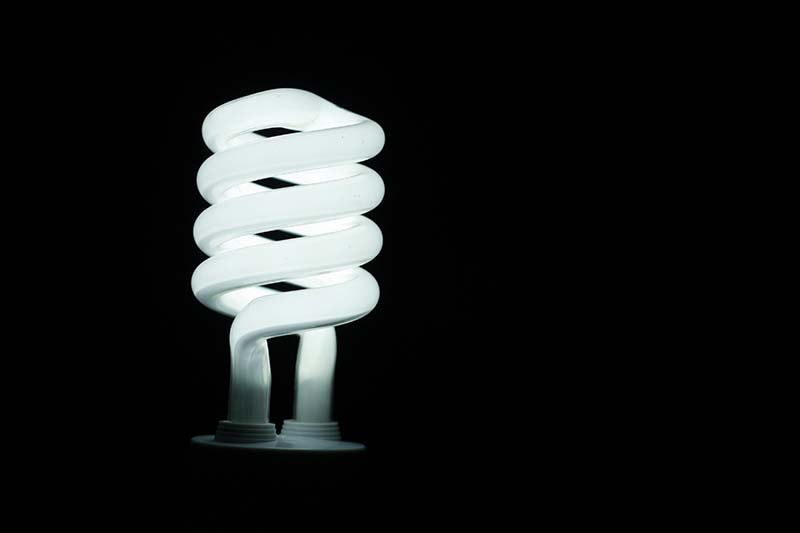
4. HID Bulbs
To be quite honest, the High-Intensity Discharge bulb is a terrible option as a flood light install. While they are cost-effective and have a considerably longer service life, these benefits don’t negate the fact that the bulb generates UV radiation and contains mercury. Without radiation filters, your fixtures will be permanently damaged.
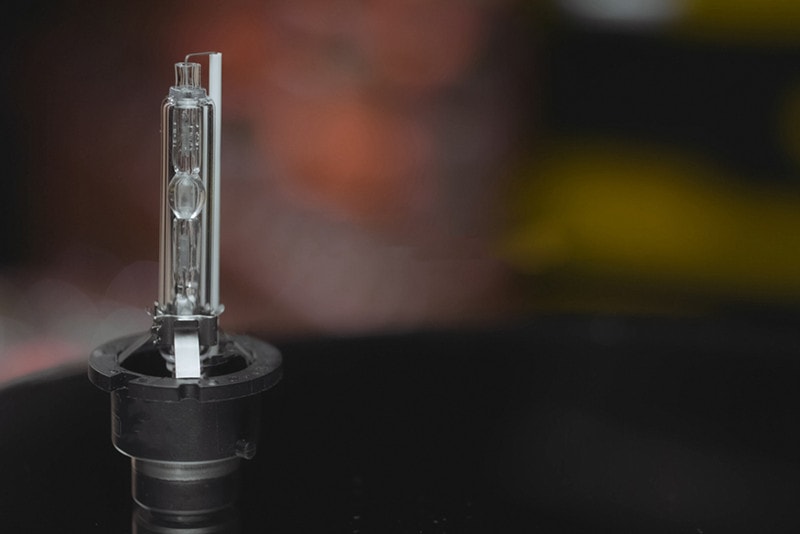
Frequently Asked Questions (FAQs)
What Distinguishes a Flood Light Bulb from a Spotlight Bulb?
Their beam angles are different. If you’ve ever used a flood light bulb before, you’ll know its beam angle is usually wider than that of the spotlight bulb. In both cases, the beam angle is typically measured from the generated light’s intensity peak to the point where it drops by about 50%.
A wider beam angle creates softer lighting atmospheres, while a narrow one concentrates the light. Meaning, spotlight bulbs are ideal for accent lighting.
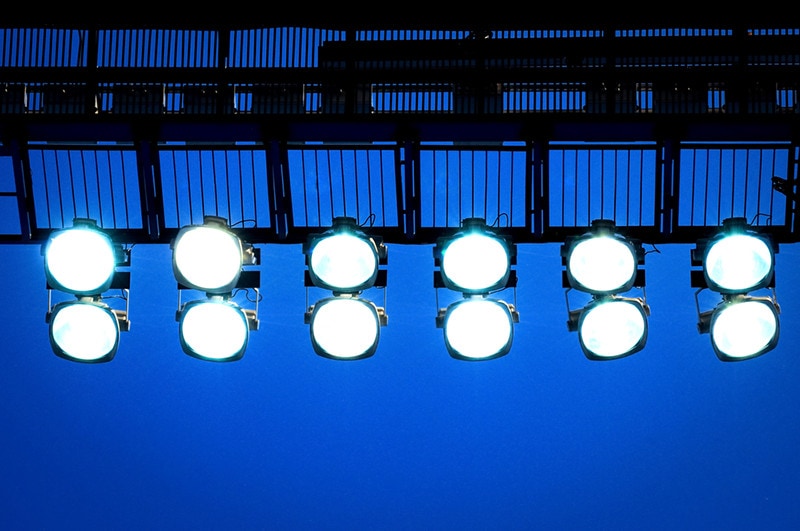
What’s The Difference Between a Field Angle and a Beam Angle?
The difference is at the point where they stop mearing the source’s light intensity. If you’re working with the beam angle, you’ll have to measure the intensity to the point where it falls 50%. But if you’re only interested in the field angle, you stop where it falls 10%.
What Are Flood Lights?
These types of lights are designed to offer adequate lighting by “flooding” an area with light. So, if you’re looking to light up a football or track field, and you need an enormous amount of non-bright light, these are the lights to go for.
Conclusion
We hope this post gives you a rough idea of what to expect when looking for flood light bulbs. Remember, it’s important to check the bulb’s lifespan and brightness level before investing your hard-earned money. Also, if you can, try to avoid bulbs that have mercury or emit UV radiation.
Featured Image Credit: Chatchawal Kittirojana, Shutterstock
Contents


